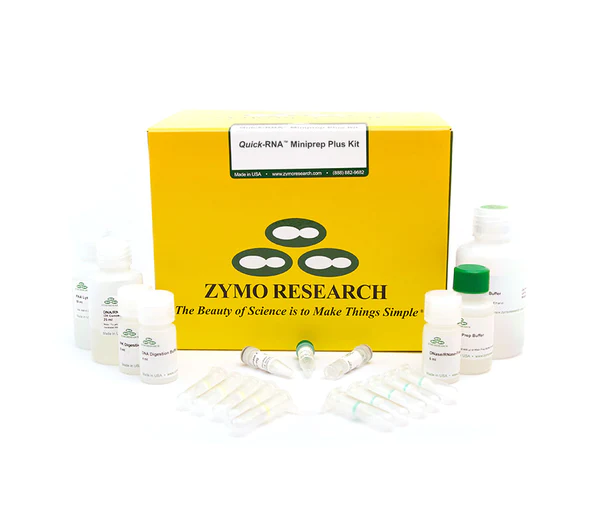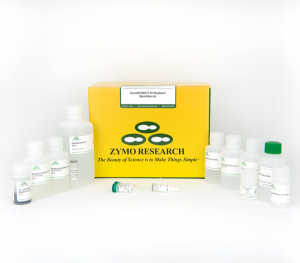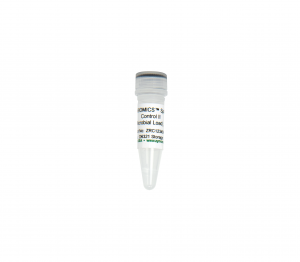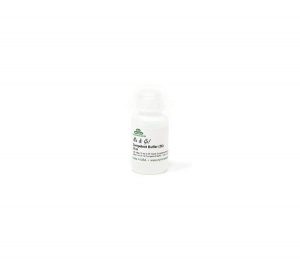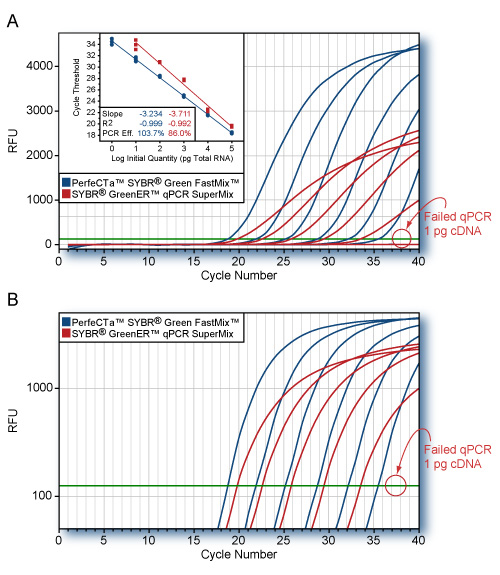Quick RNA Miniprep Plus Kit
| Cat# | Name | Size |
|---|---|---|
| R1057 | Quick RNA Miniprep Plus Kit | 50 preps |
Description
Highlights
- Broad Range: Extract total RNA (including small/micro RNAs) from any sample
- DNA-Free: Genomic DNA removal column and DNase I included.
- NGS-Ready: RNA is ready for all downstream applications including Next-Gen Sequencing, RT-qPCR, hybridization, etc.
Description
Equipment
Microcentrifuge, vortex, heat block/bath (55ºC)
Purity
RNA is ready for Next-Gen sequencing, RTPCR, microarray, hybridization, etc. A260/A280, A260/A230: >1.8.
Sample Source
Any cells (animal, blood cells etc.), all tissues (tough-to-lyse, FFPE, etc.), blood, biological fluids, and enzymatic reactions (e.g., DNase I), samples in DNA/RNA Shield™, TRIzol® or RNAlater™.
Size Range
Total RNA ≥ 17 nt
Yield
Spin column, 100 µg RNA (binding capacity), ≥50 µl (elution volume)
Q1: What is the difference between the Quick-RNA Miniprep and the Quick-RNA Miniprep Plus?
Use the Quick-RNA Miniprep for cells and soft tissues. The “Plus” kit accommodates all sample types (cells, tissue, blood) and comes with DNA/RNA Shield (sample collection, transport, storage at ambient temperature).
Q2: How to store DNase-I following resuspension?
Lyophilized DNase I is stable at room temperature. Once resuspended, store frozen aliquots. Minimize freeze thaw cycles as much as possible. Freeze thaw will lower DNase activity.
Q3: Is the DNase-I treatment necessary?
If the downstream application requires DNA-free RNA, we recommend performing the DNase I treatment.
Q4: Is DNase I available for individual purchase?
Yes, the catalog number for the DNase I set (DNase and DNA Digestion Buffer) that we offer is E1010.
Q5: I ran out of RNA Wash Buffer. Can I use something else?
Yes. Use 80% ethanol as a substitute. RNA Wash Buffer is also sold separately.
Q6: Will the kit isolate small RNAs?
Yes, this kit will isolate small/micro RNA’s ≥ 17 nucleotides.
Q7: Can samples be stored in RNA Lysis Buffer prior to processing?
Yes, samples in RNA Lysis Buffer are stable overnight at room temperature and can be stored frozen (-80C). Be sure to lyse and homogenize the sample well prior to freezing. Bring the sample to room temperature prior to RNA Purification.
Q8: What is the difference between the Direct-zol RNA and Quick-RNA kits?
Direct-zol is for samples stored/collected into TRIzol/similar reagents. Quick-RNA is for all other samples.
Q9: Is it possible to extract proteins with the Quick-RNA kit?
Yes, proteins can be acetone precipitated from the column flowthrough. Please request supplementary protocol from Zymo Research Technical Support.
Q10: What is the average RNA yield? (chart)
| Input | Average RNA Yield |
|---|---|
| Cells | 10 µg (per 106 cells) |
| HeLa | 15 µg |
| High Yield Tissue (mouse) | ≥ 30 µg (per 10 mg) |
| Spleen | 30-50 µg |
| Liver | 40-60 µg |
| Low Yield Tissue (mouse) | ≤ 30 µg (per 10 mg) |
| Brain, Heart | 5-15 µg |
| Muscle | 5-20 µg |
| Lung | 10-20 µg |
| Intestine | 10-30 µg |
| Kidney | 20-30 µg |
| Whole Blood | (per 1 ml) |
| Porcine | 10-20 µg |
| Human | 2-10 µg |
Q11: How to improve purity, RIN scores and eliminate contamination (i.e., A260/230, A260/280 ratios, DNA, phenol, protein, salt, etc.)?
Purity, RIN and/or any type of contamination can result from initial sample preparation (i.e., inefficient lysis of the sample). To improve, increase the volume of the lysis reagent (e.g., TRI Reagent/TRIzol or RNA Lysis Buffer).
Q12: How to improve RNA yield?
- To ensure complete lysis, increase the volume of the lysis reagent (i.e., increase or titrate the volume of TRI Reagent/TRIzol or RNA Lysis Buffer). Lysate should be clear (not opaque or viscous). Pellet debris by centrifugation (if needed) and process the cleared supernatant.
- Prior to adding TRI Reagent/TRIzol or RNA Lysis Buffer, perform enzymatic treatment (Proteinase K; #D3001-2-20) and/or mechanical homogenization (bead beating with ZR BashingBead Lysis Tubes; #S6003) in DNA/RNA Shield (#R1100).
| Cat# | Name | Size |
|---|---|---|
| W1001-30 | DNase/RNase-Free Water | 30 ml |
| W1001-6 | DNase/RNase-Free Water | 6 ml |
| W1001-1 | DNase/RNase-Free Water | 1 ml |
| R1200-25 | DNA/RNA Shield (2X Concentrate) | 25 ml |
| R1200-125 | DNA/RNA Shield (2X Concentrate) | 125 ml |
| C1006-50-G | Zymo-Spin IIICG Columns | 50 Pack |
| C1006-50-F | Spin-Away Filters | 50 Pack |
| C1001-50 | Collection Tubes | 50 Pack |
| R1060-2-100 | RNA Prep Buffer | 100 ml |
| R1060-2-25 | RNA Prep Buffer | 25 ml |
| R1200-1-20 | PK Digestion Buffer | 20 ml |
| R1200-1-5 | PK Digestion Buffer | 5 ml |
| R1060-1-50 | RNA Lysis Buffer | 50 ml |
| R1060-1-100 | RNA Lysis Buffer | 100 ml |
| R1003-3-48 | RNA Wash Buffer | 48 ml |
| R1003-3-24 | RNA Wash Buffer | 24 ml |
| E1010-1-16 | DNA Digestion Buffer | 16 mL |
| E1010-1-4 | DNA Digestion Buffer | 4 mL |

